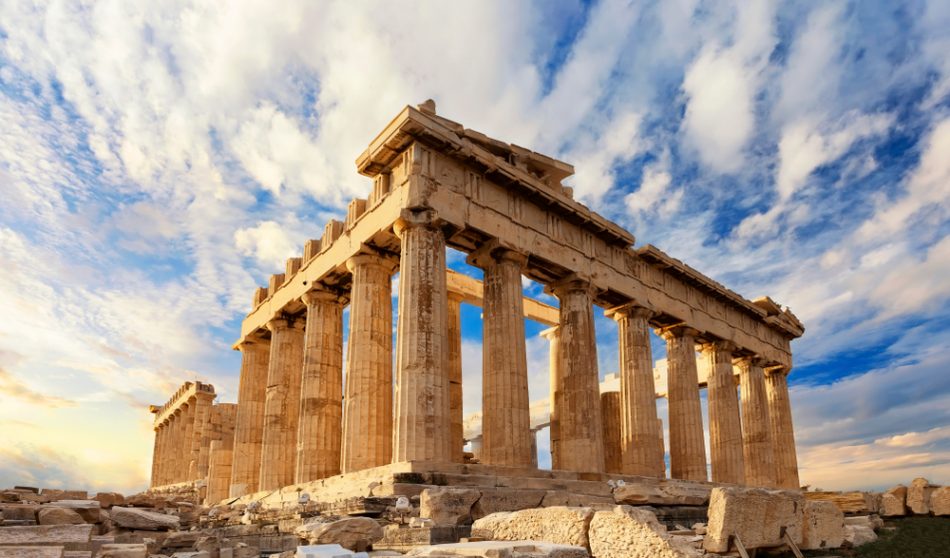Each country has its national symbols of pride—from the Notre Dame de Paris to the Pyramids of Giza, to the Taj Mahal—that serve as a reminder of its rich history. However, due to the West’s colonial past, many incredible creations are not in their place of origin; instead, they are found scattered over the world in foreign museums.
The case of the missing marble
One of the main culprits of this morally disputed hoarding is the British Museum, which houses some of the world’s most incredible artifacts. Among these are large parts of Greece’s most famous building, the Parthenon. This fifth-century BC marble temple is dedicated to the Greek goddess Athena and dominates the hill of the Acropolis in Athens.
Archeologists have been trying to piece together this building for around 50 years; however, reconstructing the ancient masterpiece is a little tricky when half of the Parthenon’s splendid marble is sitting in London! Therefore, it’s no surprise Greece has been asking for its most breathtaking piece of history to be given back for a while.
Backing the marble’s return
It seems only fair to return something to its rightful home, and the British Museum chairman, George Osborne, agrees! He recently stated that “seeing them in their splendor in Athens” is something to be sought after, and he has also acknowledged the shady historical and legal ownership of the marble.
Osborne is not the only person taking a stance against this artifact stockpiling, with members of the British parliament and the public demanding the marble be returned to Greece. “I believe the British Museum must do the right thing and return them to their rightful home in Greece. Failure to do so is insulting to Greece and her people,” stated Dave Doogan from the Scottish National Party to The Guardian.
A 3D solution: blemishes and all
This enormous decision to give back the Parthenon’s marble is not just up to Osborne; the rest of the British Museum staff also has to agree with this action. Previous attempts that argued for Greek ownership have been dismissed, stating the marbles should be seen “among the splendors of other civilizations” in London. However, a solution to this dilemma has been put forward that surely cannot be ignored—recreating the structures using 3D printing technology.
The Institute of Digital Archaeology has the means to replicate the works of art to be indistinguishable from the originals, blemishes and all. Using ground stone from the original Pentelic quarries in Greece, a 3D printer can be programmed to reproduce the huge sculptures from the exact same building materials. The British Museum already has tons of replicas—many not even as authentic as this technique can provide—so why not create another?
The promised results of this incredible technological solution, mixed with a push from public opinion, should satisfy the museum board and sway them towards the return of the Greek artifacts. Using the 3D printer, the institute’s aesthetic demands can be met, while Greece can importantly have its “crown jewels” back.











